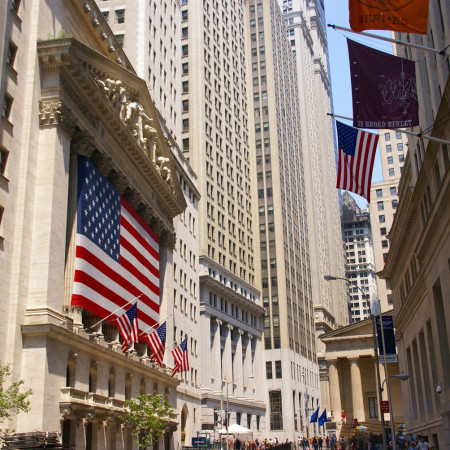Given all the economic challenges facing our country, why are mergers and acquisitions increasing?
Despite all of the economic challenges facing our country at the moment, mergers and acquisitions activity (“M&A”) is showing signs of improvement. During the second quarter of the year—the most recent period for which statistics are available—over 2,000 M&A transactions were successfully completed. (The value of these transactions exceeded over $260 billion.) For the first half of the year, the total exceeds $620 billion across 4,100 transactions. It’s expected that the remainder of the year will see similar levels of M&A activity. Yes, lawyers and investment bankers have been busy.
It’s not just the big guys
When we hear about M&A activity, it’s usually in conjunction with a story about a multibillion-dollar company buying another giant like ING Direct’s acquisition by Capital One for $9 billion or AT&T’s proposed merger with T-Mobile. People are attracted to larger numbers and that’s why those deals get most of the press. But in reality, most M&A transactions happen among smaller companies. Ninety-three percent of the 2,000 transactions that took place during the second quarter were valued at less than $500 million. The action is happening among companies like yours, not the Fortune 500.
Buyers are once again willing to buy
This increase in M&A activity isn’t due to a fundamental shift in the state of the economy. In part, it’s due to the mountain of cash that buying companies have amassed. Given the high degree of uncertainty among executives regarding the direction of the country, they have decided to hold back on expanding their existing operations. As they generate cash and stash it away, the pile gets larger. According to FactSet, a financial data and software company, S&P 500 companies have over $1.1 trillion in available cash. That’s only 500 companies sitting on a giant pile of money.
A recent study by PriceWaterhouseCoopers indicates that large global companies (those with a valuation in excess of $2 billion) have increased their cash holdings by 21 percent over the past year. These companies now have a total of $8.6 trillion in cash.
That cash isn’t earning the rate of return that investors expect. It has to be put to use and M&A is one way to do that. Nearly half of all recent M&A transactions are cash deals, a significant increase compares to 2010. Financial investors like private equity funds are also in the mood to sell. This has brought to market many attractive companies. All of the pieces have fallen into place.
